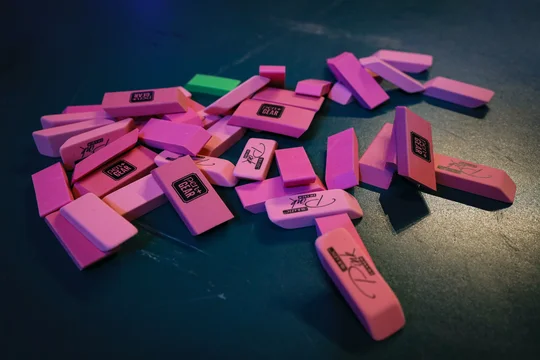
Here's a fun fact for you—in the 7 years since the Supreme Court's decision in Halo, the use of the word "pirate" in Federal Court opinions has increased by 23%. This can probably be attributed to the following passage which shifted the focus of the enhanced damages inquiry from "willfulness" to something a bit looser and more . . . arrrggguable:
The sort of conduct warranting enhanced damages has been variously described in our cases as willful, wanton, malicious, bad-faith, deliberate, consciously wrongful, flagrant, or—indeed—characteristic of a pirate . . . .
Halo Elecs., Inc. v. Pulse Elecs., Inc., 579 U.S. 93, 103-04 (2016)
There are worse legacies. But I digress.
The oft-cited loosy-goosy standard above has lead to an interesting split in decisions about how the enhanced damages provision, 35 U.S.C. 284 (which does not specifically reference willfulness), interacts with Section 298 (the only section of the patent act to actually refer to willfulness):
The failure of an infringer to obtain the advice of counsel with respect to any allegedly infringed patent, or the failure of the infringer to present such advice to the court or jury, may not be used to prove that the accused infringer willfully infringed the patent . . .
The question is, once a jury has found willful infringement, can the Court then consider the failure to obtain advice of counsel in determining whether to enhance damages?
Last week, Judge Kennelly held that 298 did not prevent the Court from considering the failure to obtain advice of counsel, and awarded ...








